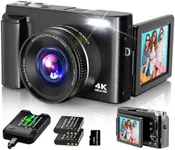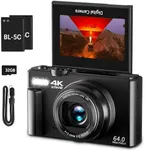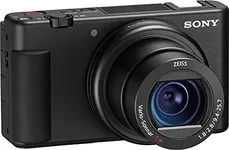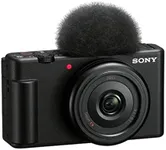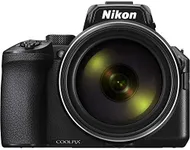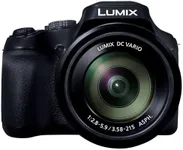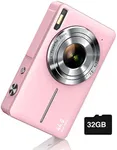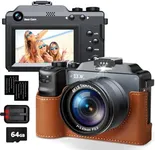Buying Guide for the Best Inexpensive Digital Cameras
Choosing an inexpensive digital camera can be a bit overwhelming with the variety of options available. The key is to understand what features are most important for your needs and how to evaluate them. This guide will help you navigate through the essential specifications to consider when selecting a digital camera that offers good value for money.MegapixelsMegapixels refer to the resolution of the camera's sensor, which determines the detail and clarity of the images. Higher megapixels mean more detail, but for most casual photography, anything between 12 to 20 megapixels is sufficient. If you plan to print large photos or crop images frequently, you might want a camera with more megapixels. For everyday use and sharing on social media, a lower megapixel count will still provide excellent quality.
Sensor SizeThe sensor size affects the camera's ability to capture light and detail. Larger sensors generally produce better image quality, especially in low light conditions. Common sensor sizes in inexpensive cameras include 1/2.3-inch and 1-inch sensors. If you often shoot in low light or want better overall image quality, opt for a camera with a larger sensor. For general daylight photography, a smaller sensor will suffice.
Zoom RangeZoom range indicates how much you can magnify your subject. Optical zoom is more important than digital zoom, as it maintains image quality. A zoom range of 3x to 5x is typically enough for everyday use, such as family photos and travel snapshots. If you need to capture distant subjects, look for a camera with a higher optical zoom, like 10x or more. Consider your typical shooting scenarios to determine the right zoom range for you.
Image StabilizationImage stabilization helps reduce blur caused by camera shake, which is especially useful in low light or when using high zoom levels. There are two types: optical and digital. Optical stabilization is generally more effective. If you often shoot in challenging conditions or have unsteady hands, prioritize a camera with good optical image stabilization. For casual, well-lit photography, this feature is less critical but still beneficial.
Video QualityVideo quality is important if you plan to record videos with your camera. Look for at least Full HD (1080p) resolution for clear and detailed videos. Some cameras offer 4K video, which provides even higher resolution but may not be necessary for all users. Consider how often you will use the video function and whether you need advanced features like slow motion or time-lapse.
Battery LifeBattery life determines how long you can use the camera before needing to recharge or replace the battery. Cameras with longer battery life are more convenient, especially for travel or extended shooting sessions. Look for a camera that offers at least 200 shots per charge. If you plan to use the camera for long periods without access to charging, consider models with longer battery life or the option to use replaceable batteries.
ConnectivityConnectivity options like Wi-Fi, Bluetooth, and NFC allow you to easily transfer photos to your smartphone or computer. This is useful for quickly sharing images on social media or backing up your photos. If you value convenience and quick sharing, look for a camera with built-in connectivity features. For those who prefer traditional methods, such as using a USB cable or memory card, this may be less important.
Build Quality and ErgonomicsBuild quality and ergonomics affect how comfortable and durable the camera is. Look for a camera with a solid build and a comfortable grip. Consider the size and weight, especially if you plan to carry it around frequently. A well-built camera will last longer and be more enjoyable to use. If you have specific preferences, such as a compact size for portability or a larger body for better handling, choose accordingly.
